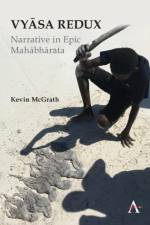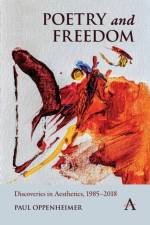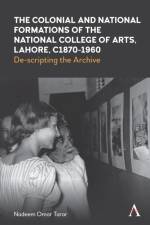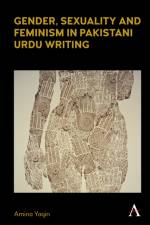av Nadeem Omar Tarar
405 - 1 449,-
Lahore's Mayo School of Arts, as the National College of Arts (NCA) was called then, was Pakistan's equivalent of London's South Kensington School of Design (presently Royal College of Art, UK). One of the last of the four colonial art schools established in India, the others being in Calcutta, Bombay and Madras, the Mayo School of Arts was founded in 1875 to perpetuate the memory of the Lord Earl of Mayo, the only Indian Viceroy to be murdered while in office. Established by Rudyard Kipling's father Lockwood Kipling, the school had on its staff some of the most renowned names in the Indian art world, such as Ram Singh, Percy Brown, Lionel Heath, S. N. Gupta, B. C. Sanyal and A. R. Chughtai. The Mayo School gave birth to the most celebrated Indian art historical publication in the world, the Journal of Indian Art and Industry. The journal ran 30 illustrated volumes published by London's Imperial Publishers using the most advanced techniques of chromolithography. The pioneers of colonial anthropology in Punjab, the fabled "e;men on the spot,"e; such as Richard Temple, Denzil Ibbetson and Baden Powell, were associated with the establishment and administration of the Mayo School of Arts. They played a foundational role in the ethnographic reconstruction of artisan castes as suitable boys of "e;primitive"e; tribal Punjabi society through administrative reports, exhibition catalogues and gazetteer literature. Constituting the colonial cultural subtext to art education, the colonial discourses provided necessary anthropological foundations for the education of the "e;primitive"e; artisans in the industrial art schools of Punjab. Through its pedagogy, the Mayo School also framed the emergence of the Indo-Saracenic school of architecture and patronized the traditional styles of paintings in Punjab.Despite its strong industrial art agenda, in the early decades of the twentieth century, the Mayo School of Arts was able to give the Indian art world a Punjab School of modern painting. Officially acknowledged in the British Indian Empire Exhibition of 1924, the Punjab School stood apart from the Calcutta School of Indian paintings and comprised largely of drawing masters of the Mayo School. Lionel Heath, a European miniaturist, whose career as the Principal of the Mayo School is overshadowed by his equally illustrious predecessors, was responsible for Mayo School's drift into modern art. Printmaking, graphic design and sculpture made their beginning in the 1930s at the Mayo School under B. C. Sanyal and M. M. Hussain. A. R. Chughtai, one of the most illustrious painters and printmakers of the Punjab School, learnt his skills as a printmaker from the Mayo School. The Mayo School of Art's printing press designed, lithographed and printed hundreds of posters, invitation and greeting cards, calendars, illustrated educational texts, including war publicity posters, by drawing on all the major Western art movements from Arts Nova to Art Deco and Bauhaus.In the founding decades of Pakistan, to mark the cultural transition from a colonized to an independent national identity, the "e;old"e; Mayo School was reorganized and raised as the National College of Arts in 1958. To reflect its role in developing national culture and imparting professional visual art education, the NCA was established on the model of Bauhaus with three main departments in fine art, design and architecture. Some of the most important men in Pakistan's cultural history, such as poet Faiz Ahmed Faiz, painter Shakir Ali, art patron Ghulam Mueenuddin and American sculptor Mark Sponenburgh h,ave been associated with the development of the NCA as the aesthetic center of fine art and design in Pakistan.





